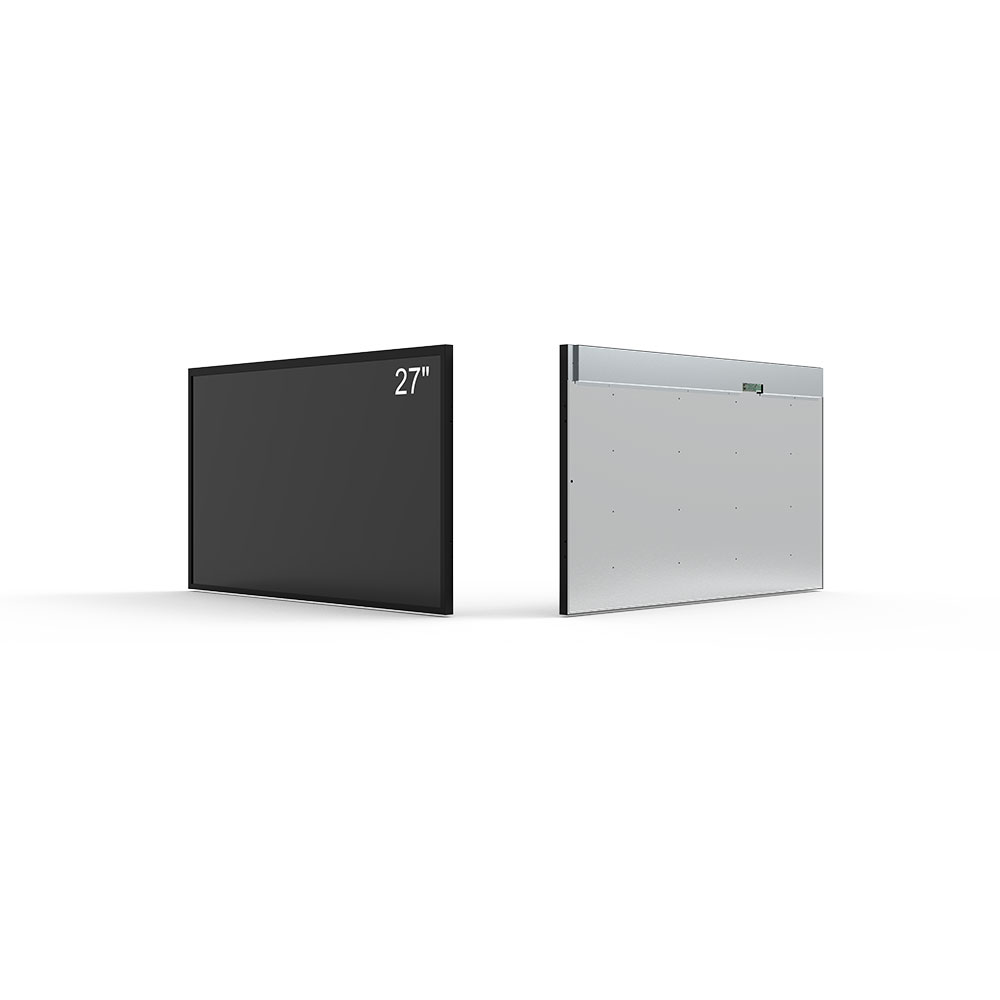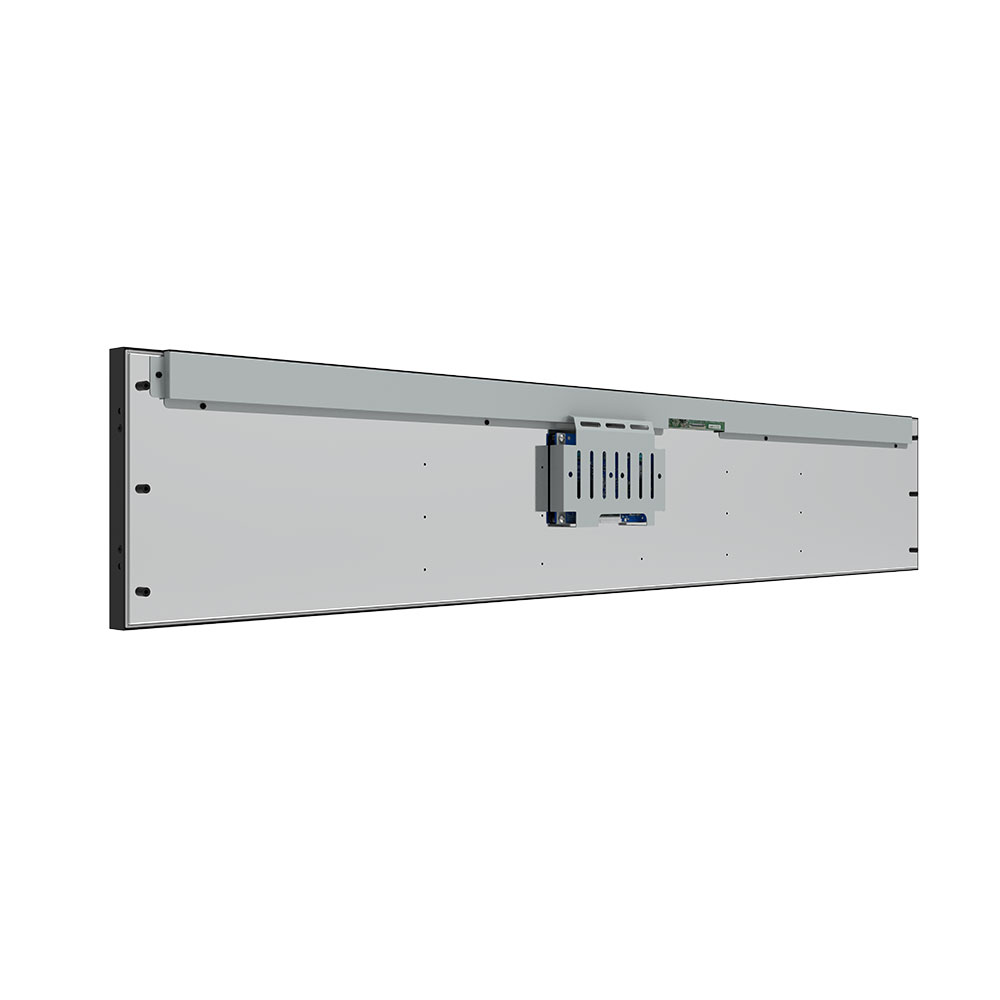
Privacy statement: Your privacy is very important to Us. Our company promises not to disclose your personal information to any external company without your explicit permission.
In modern urban environments, passenger information displays (PIDs) have become essential components of efficient and user-friendly public transportation systems. These digital signage solutions—especially high-brightness outdoor LCD screens—are transforming how transit agencies communicate real-time updates, route changes, safety alerts, and service schedules to passengers. According to the International Association of Public Transport (UITP), over 70% of global metro and bus networks now deploy digital PIDs as part of their smart mobility strategies, driven by rising demand for transparency, convenience, and operational efficiency.
High-brightness outdoor LCD displays are engineered to perform reliably in diverse environmental conditions—from extreme heat and cold to heavy rain, UV exposure, and direct sunlight. Industry-standard brightness levels for outdoor applications typically range from 5,000 to 10,000 nits, far exceeding the 200–500 nits typical of indoor displays. This luminance ensures visibility even under direct sunlight, a critical factor in open-air stations or bus stops where ambient light can exceed 100,000 lux. For example, the London Underground’s recent rollout of 3,000+ high-brightness LCD screens across its network achieved a 34% reduction in passenger inquiries due to clearer real-time train arrival data.
The technical foundation of effective outdoor PIDs lies in several key specifications. First, display technologies such as IPS (In-Plane Switching) and VA (Vertical Alignment) panels offer wide viewing angles (>178°), ensuring legibility from multiple directions—a necessity for crowded platforms. Second, ruggedized enclosures conforming to IP65 or higher ratings protect against dust and water ingress, while fanless designs reduce maintenance needs in harsh climates. Third, integrated environmental sensors allow dynamic brightness adjustment based on ambient light levels, optimizing power consumption and extending screen lifespan. A case study from Tokyo Metro revealed that adaptive brightness controls reduced energy usage by up to 28% without compromising readability during peak hours.
Moreover, modern PID systems leverage IoT connectivity for seamless integration with central dispatch and GPS-based vehicle tracking systems. Real-time data feeds—such as live arrivals, delays, and service disruptions—are pushed directly to displays via cloud-based content management software (CMS). The San Francisco Municipal Transportation Agency (SFMTA) reported a 41% improvement in on-time performance perception among riders after implementing such an integrated system in 2023, demonstrating that timely and accurate information significantly enhances perceived reliability—even when delays occur.

From a design perspective, accessibility compliance is non-negotiable. The Americans with Disabilities Act (ADA) and EU EN 301 549 standards mandate that PIDs support multilingual text, high contrast ratios, and audio-visual redundancy (e.g., flashing indicators for hearing-impaired users). In Singapore, the Land Transport Authority’s new PID deployment includes built-in voice announcements synchronized with visual cues, helping visually impaired commuters navigate stations independently.

Finally, future-proofing is vital. With the rise of 5G and edge computing, next-generation PIDs will support AI-driven predictive analytics—such as estimating wait times based on historical patterns and current load. As cities strive toward net-zero emissions goals, solar-powered and energy-efficient displays are gaining traction; for instance, Barcelona’s pilot project using photovoltaic-integrated PIDs cut carbon emissions by 1.2 tons annually per station.
These advancements not only improve commuter satisfaction but also enhance operational resilience, reduce staff workload, and provide valuable data for urban planning. As smart city initiatives expand globally, outdoor LCDs remain at the forefront of intelligent transport infrastructure—offering clarity, consistency, and confidence in every journey.
2025-09-02
What Is a TFT DisplayEmail to this supplier

Privacy statement: Your privacy is very important to Us. Our company promises not to disclose your personal information to any external company without your explicit permission.